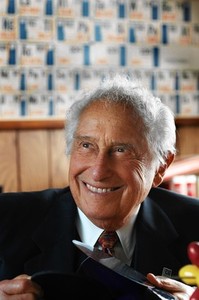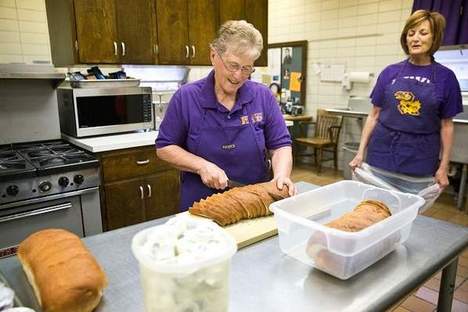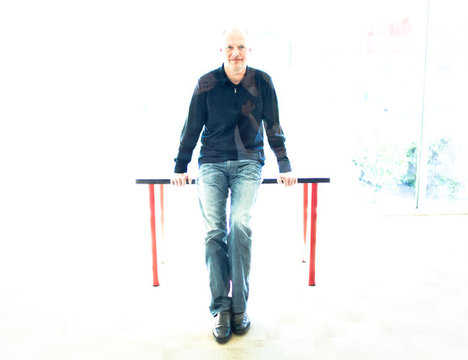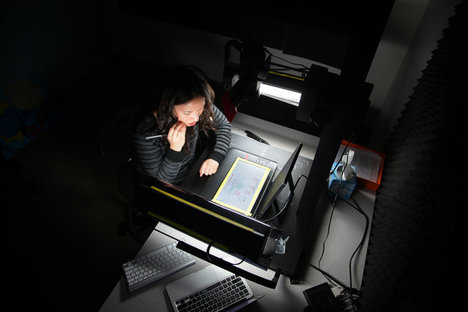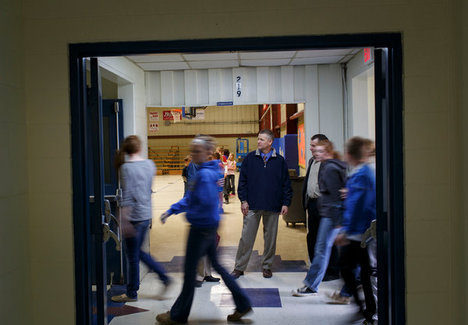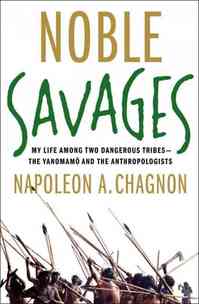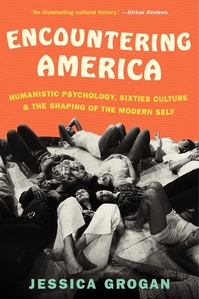(p. 28) Maybe the closest Page and Brin came to a deal was with Excite, a search-based company that had begun– just like Yahoo– with a bunch of sharp Stanford kids whose company was called Architext before the venture capitalists (VCs) got their hands on it and degeekified the name. Terry Winograd, Sergey’s adviser, accompanied them to a meeting with Vinod Khosla, the venture capitalist who had funded Excite.
. . .
(p. 29) Khosla made a tentative counteroffer of $ 750,000 total. But the deal never happened. Hassan recalls a key meeting that might have sunk it. Though Excite had been started by a group of Stanford geeks very much like Larry and Sergey, its venture capital funders had demanded they hire “adult supervision,” the condescending term used when brainy geeks are pushed aside as top executives and replaced by someone more experienced and mature, someone who could wear a suit without looking as though he were attending his Bar Mitzvah. The new CEO was George Bell, a former Times Mirror magazine executive. Years later, Hassan would still laugh when he described the meeting between the BackRub team and Bell. When the team got to Bell’s office, it fired up BackRub in one window and Excite in the other for a bake-off.
The first query they tested was “Internet.” According to Hassan, Excite’s first results were Chinese web pages where the English word “Internet” stood out among a jumble of Chinese characters. Then the team typed “Internet” into BackRub. The first two results delivered pages that told you how to use browsers. It was exactly the kind of helpful result that would most likely satisfy someone who made the query.
Bell was visibly upset. The Stanford product was too good. If Excite were to host a search engine that instantly gave people information they sought, he explained, the users would leave the site instantly. Since his ad revenue came from people staying on the site–” stickiness” was the most desired metric in websites at the time– using BackRub’s technology would be (p. 30) counterproductive. “He told us he wanted Excite’s search engine to be 80 percent as good as the other search engines,” says Hassan. And we were like, “Wow, these guys don’t know what they’re talking about.”
Hassan says that he urged Larry and Sergey right then, in early 1997, to leave Stanford and start a company. “Everybody else was doing it,” he says. “I saw Hotmail and Netscape doing really well. Money was flowing into the Valley. So I said to them, ‘The search engine is the idea. We should do this.’ They didn’t think so. Larry and Sergey were both very adamant that they could build this search engine at Stanford.”
“We weren’t … in an entrepreneurial frame of mind back then,” Sergey later said.
Source:
Levy, Steven. In the Plex: How Google Thinks, Works, and Shapes Our Lives. New York: Simon & Schuster, 2011.
(Note: ellipsis between paragraphs added; ellipsis in last sentence, in original.)

